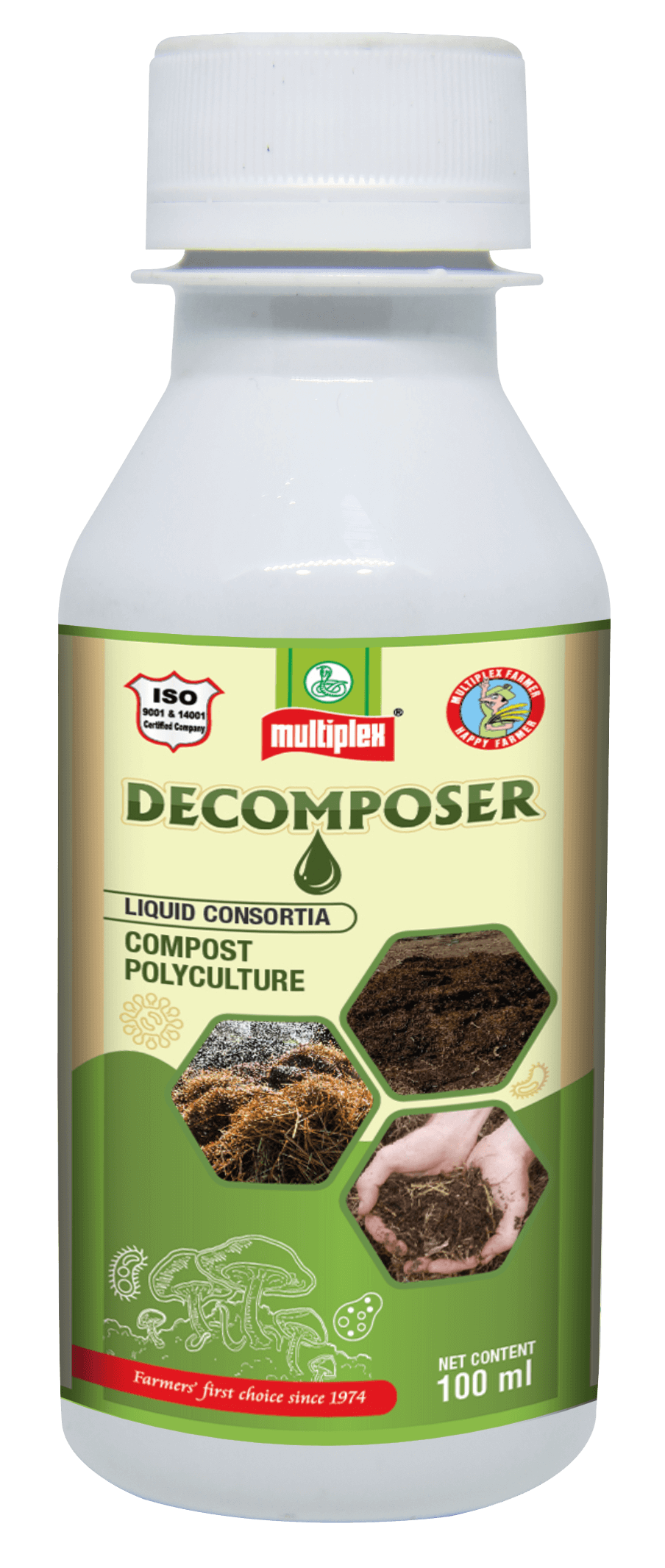Organic matter plays a vital role in enriching soil and sustaining plant growth. From boosting soil fertility to improving structure, its application is key to healthy agriculture practices. However, not all organic matter is the same. Fully decomposed compost and partially/undecomposed organic matter differ significantly in their effects on plants and soil. While compost is nutrient-stable and plant-friendly, undecomposed material can pose challenges if not managed properly. In this blog, we’ll dive deep into these differences, focusing on how each affects plant growth, soil health, and nutrient dynamics.
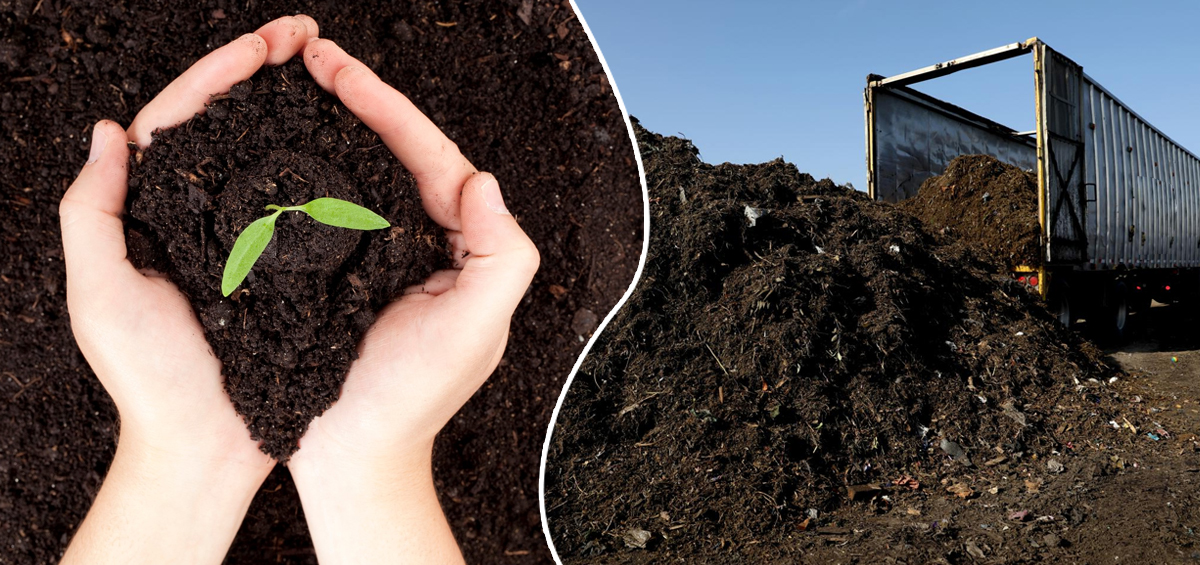
Fully decomposed organic matter, commonly referred to as compost/humus, is the final product of the natural decomposition process of organic materials like plant residues, animal manure, and kitchen waste. It is broken down completely by microorganisms such as bacteria and fungi into a stable, nutrient-rich substance aerobically or anerobically. It is the organic matter that has fully "finished" its decomposition journey, and has turned into a safe, stable, dark, and nutrient-rich material that enhances soil health and plant growth.
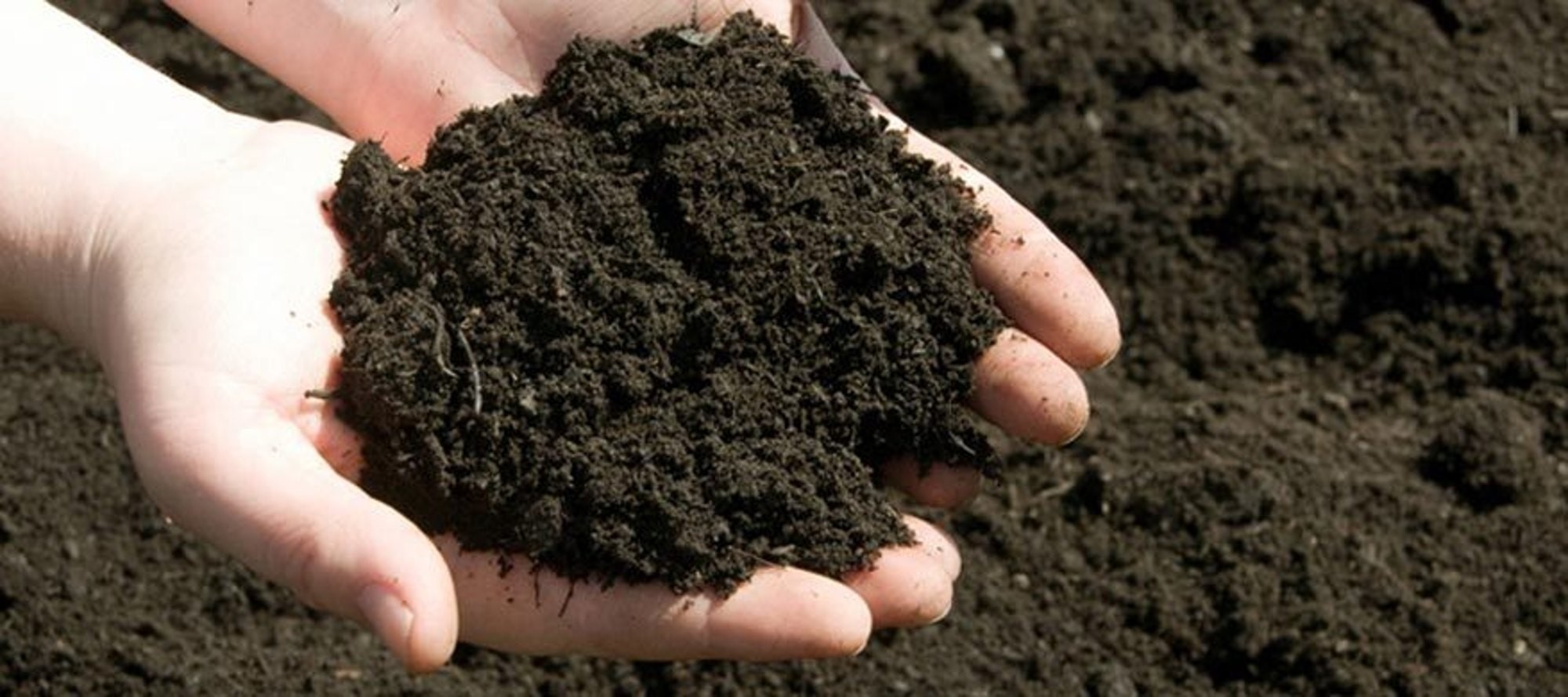
Partially or undecomposed organic matter refers to organic material that has not yet undergone complete decomposition. This includes substances like crop residues, animal manure, or leaves that are still breaking down under the action of microorganisms. Unlike fully decomposed organic matter, these materials retain their original structure and chemical complexity, requiring more time and microbial activity to become stable and plant-ready. It is the organic material that is still "in progress" in the decomposition process, meaning it’s not yet ready to provide immediate benefits to plants and soil.
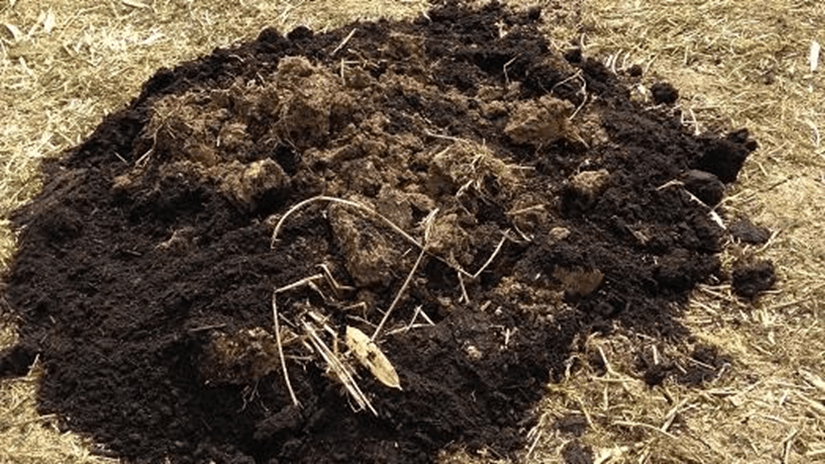
| Sl. No. | Aspect | Fully Decomposed Organic Matter | Partially/Undecomposed Organic Matter |
|---|---|---|---|
| 1 | Physical Appearance | Fine soil-like texture, which is uniform in appearance. | Coarse and fibrous texture, where there is presence of recognizable plant or organic residues in the compost. |
| 2 | Colour | Dark brown to Black | Light brown, yellowish, or green, depending on the type of material and stage of decomposition. |
| 3 | Nutrient Availability | Nutrients are released slowly when applied to plants, but comparatively, they are more available. | Nutrients are very less available to the plants, so it may cause temporary nitrogen immobilization as decomposition continues. |
| 4 | pH | Generally neutral to slightly acidic pH, suitable for most plants and also buffers soil pH. | pH can vary depending on the source material. It may be acidic or alkaline. |
| 5 | Organic Content | Rich in stabilized organic matter (humus); fully decomposed into simpler compounds. | Contains undecomposed or partially decomposed organic residues, requiring further microbial action. |
| 6 | C:N Ratio | The compost has a stable and optimal ratio (10:1), making nitrogen readily available to plants without causing nutrient competition. | Higher C:N ratio (> 20:1), as excess carbon slows decomposition and causes nitrogen immobilization, reducing immediate nutrient availability for plants. |
| 7 | Microbial Activity | High levels of beneficial microbes | Limited microbial diversity, the ones found are mostly decomposing, pathogenic, or saprophytic in nature. |
| 8 | Odour | Mild, earthy smell. | May emit strong, unpleasant odours due to ongoing decomposition. |
| 9 | Temperature Impact on Soil | Stabilizes soil temperature. | Can increase soil temperature temporarily due to microbial activity. |
| 10 | Toxicity | No harmful compounds are present, making it safe for immediate use around plants. | Unfinished decomposition can produce phytotoxic compounds (like ammonia), harming young or sensitive plants. |
| 11 | Weed Seeds and Pathogens | Typically free of weed seeds and pathogens due to the composting process. | May contain viable weed seeds and pathogens, especially if not composted properly. |
| 12 | Root Health | Enhances soil aeration and water-holding capacity, promoting better root development. | Coarser texture and slow nutrient release can hinder root access to nutrients. |
| 13 | Benefits to Plants | Improves soil water retention, aeration, and microbial activity; promotes healthy plant growth. | May suppress plant growth initially due to microbial competition for nitrogen. |
| 14 | Suitability for Use | Ready for use in gardening, farming, or landscaping. | Suitable only for pre- composting or controlled decomposition processes. |
| 15 | Environmental Impact | Reduces waste and conserves resources. It elevates the health of the soil and diminishes the need for chemical fertilizers. | May contribute to greenhouse gas emissions if not managed properly. |
The choice between fully decomposed and partially decomposed organic matter depends on your soil and plant needs. While compost is an all-in-one soil enhancer ready for immediate use, undecomposed materials should be approached cautiously to prevent negative impacts on plant health. Understanding these distinctions can help farmers, gardeners, and agricultural enthusiasts make informed smart choices for optimal plant and soil health. Here are a few products of Multiplex which help farmers take the right decision regarding the well-decomposed organic matter to be added to the soil to acquire the best of the best yields.
Annapurna is an eco-friendly bioenriched organic manure consisting well decomposed organic matter fortified with vermicompost, Neem Cake, Castor Cake, Coir Pith, and beneficial microorganisms (N, P, K & Zn bacteria, Trichoderma and Pseusomonas). It enhances soil health by improving water retention, solubilizing fixed phosphorus, mobilizing potassium, and fixing atmospheric nitrogen. Organic acids from decomposing matter reduce soil alkalinity while improving structure and pH balance. Acting as a natural insect repellent with larvicidal properties, it also minimizes nematodes and the need for chemical fertilizers. Rich in humus, non-toxic, and weed-free, Annapurna boosts productivity in wastelands, supports root growth, and improves yield quality and quantity, making it a sustainable choice for farmers.
| Sl. No. | Crops | Dosage |
|---|---|---|
| 1 | Field crops (Vegetables & Flower crops) | 90 to 120 kg/ acre |
| 2 | Coffee/ Cocoa/ Pepper | 1 kg/plant/yr |
| 3 | Tea | 25 g/bush |
| 4 | Coconut | 3 to 5 kg/palm |
| 5 | Arecanut | 0.5 to 2 kg/palm |
| 6 | Household garden plants/roses | 100 g/pot |
| 7 | Cotton | 150 kg/acre |
| 8 | Sugarcane | 240 kg/acre |
| 9 | Grapes | 3 to 5 kg/vine |
| 10 | Banana | 1 kg/plant |
| 11 | Pomegranate/Papaya | 0.5 to 1 kg/plant |
| 12 | Watermelon | 150 kg/acre |
| 13 | Citrus/Mango | 2 to 5 kg/tree |
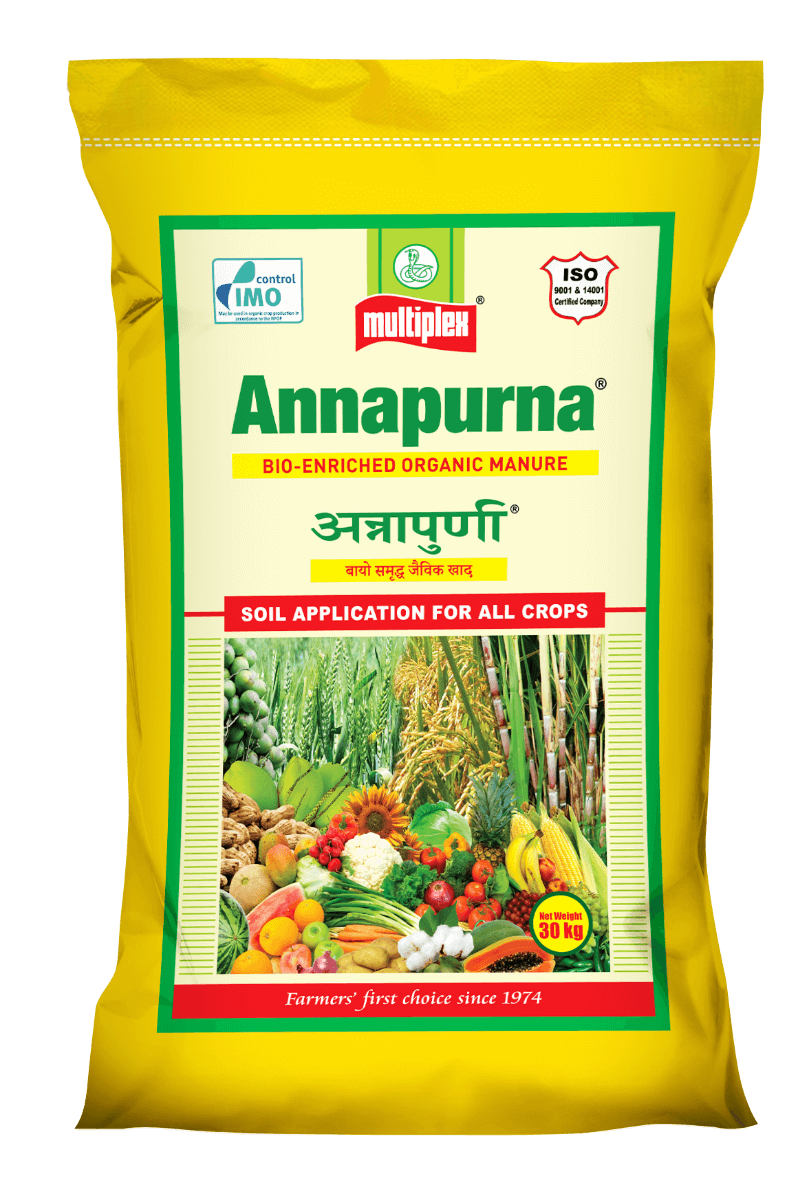
Multiplex Decomposer is an innovative product containing a consortium of effective decomposing microorganisms, including fungal and bacterial species, designed to transform organic waste into enriched organic manure. Through biochemical decomposition, these microbes utilize the carbon source from complex organic matter, secreting enzymes that break down lignin and cellulose, thereby mineralizing nutrients for enhanced plant availability. Suitable for all crops, it offers numerous benefits, including the effective decomposition of organic waste within a short period, balancing the crucial C: N ratio for nutrient availability, and promoting soil fertility and productivity. Additionally, it reduces the dependency on inorganic fertilizers by recycling organic waste into nutrient-rich manure, increases beneficial microbial diversity, and mitigates pest and pathogen attacks. For optimal results, maintain minimum soil moisture during and after application, and avoid mixing it with bactericides, fungicides, or other harsh chemicals.
Dosage and Method of Application:
1. Spread organic/agricultural waste in one corner of the field to a height of 1.5–2 feet.
2. Mix 100 ml Multiplex Decomposer with 200 liters of water and spray over the heap.
3. Turn the heap after 30 days and moisten if needed.
4. Compost will be ready for use after 45 days.
